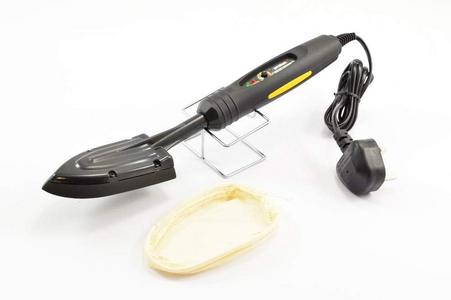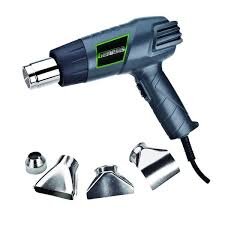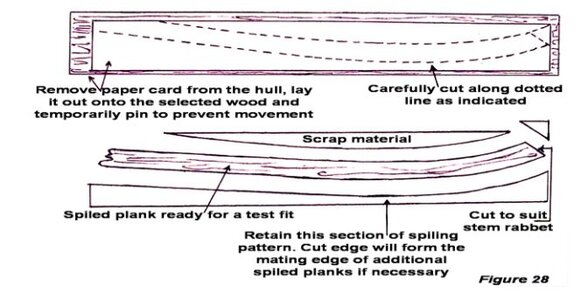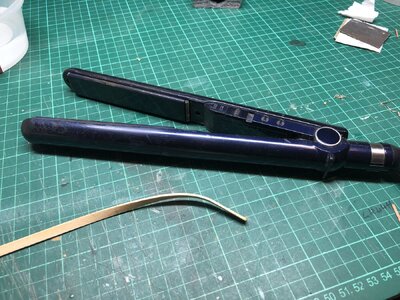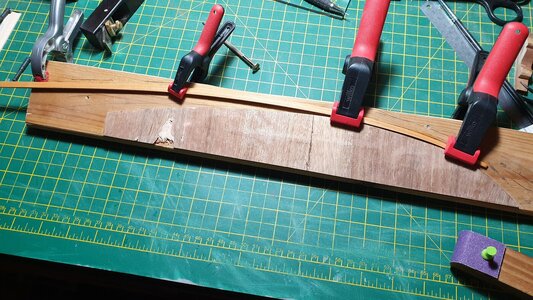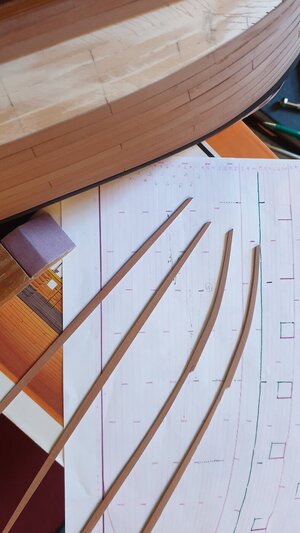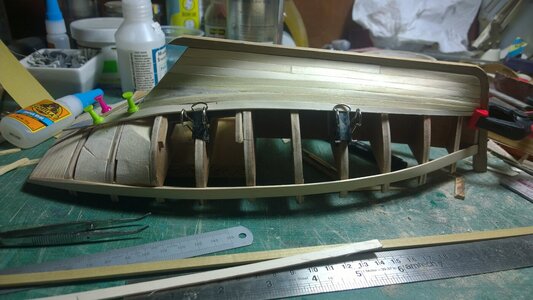The following four part video is a great source on how to edge bend and do great planking in general.
I gave up on the hot iron a few years ago and went to a hot air gun with a scaled dial temperature control from the local hardware store. When clamping wet wood around a form to get the proper bend, the clamps cover some of the wood but the hot air gun gets into every nook and cranny. One example of many brands is below. I started out using the Admirals hair dryer until she caught me. The hair dryer works, but more heat is better in softening the lignin. Moist lignin in wood can soften at around 100°C, allowing the lignin molecules to deform within the cell walls. The softening temperature of lignin can range from 127–193°C, but it can be as low as 54°C. Experiment for each species of wood and be careful, my gun gets hot enough to burn the wood so I start at about 100 degrees and go from there.
Allan
View attachment 452578





